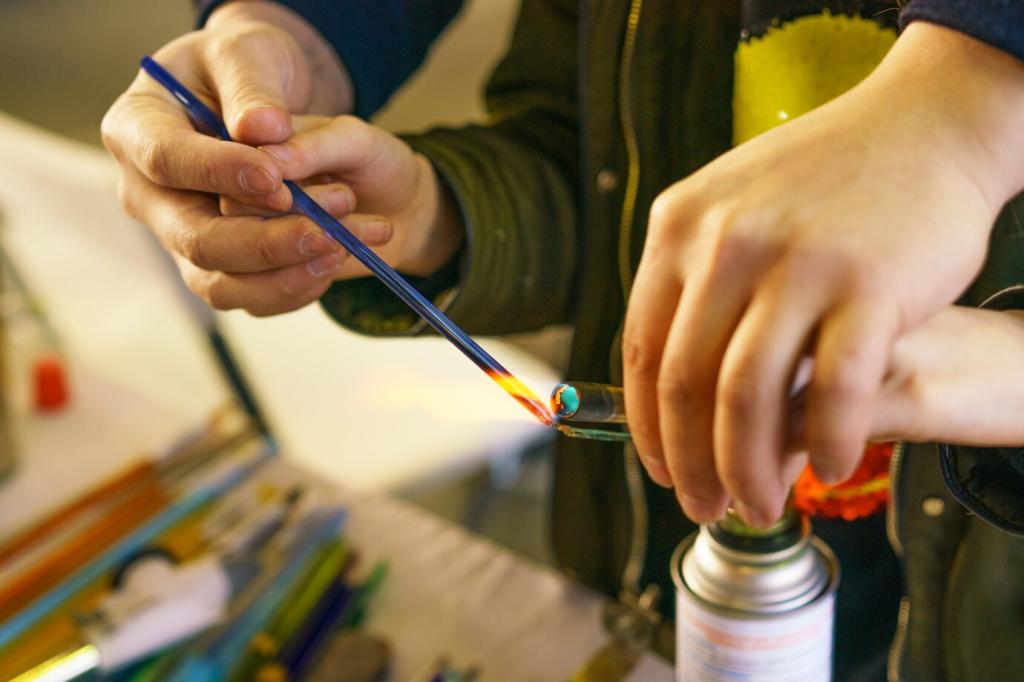Cushions, Springs, and Support
Blend high-density foam with feather wrap or batting for structure and softness. Shape edges with an electric knife, then use a vacuum-bag trick to slide covers on. Tell us your preferred cushion firmness and why it suits your seating.
Cushions, Springs, and Support
Stretch jute webbing ten to fifteen percent using a webbing stretcher, secure with staples, then add burlap. Clip serpentine springs with hog rings. I revived my grandfather’s bench one Saturday morning—the sag disappeared, and family stories returned.


